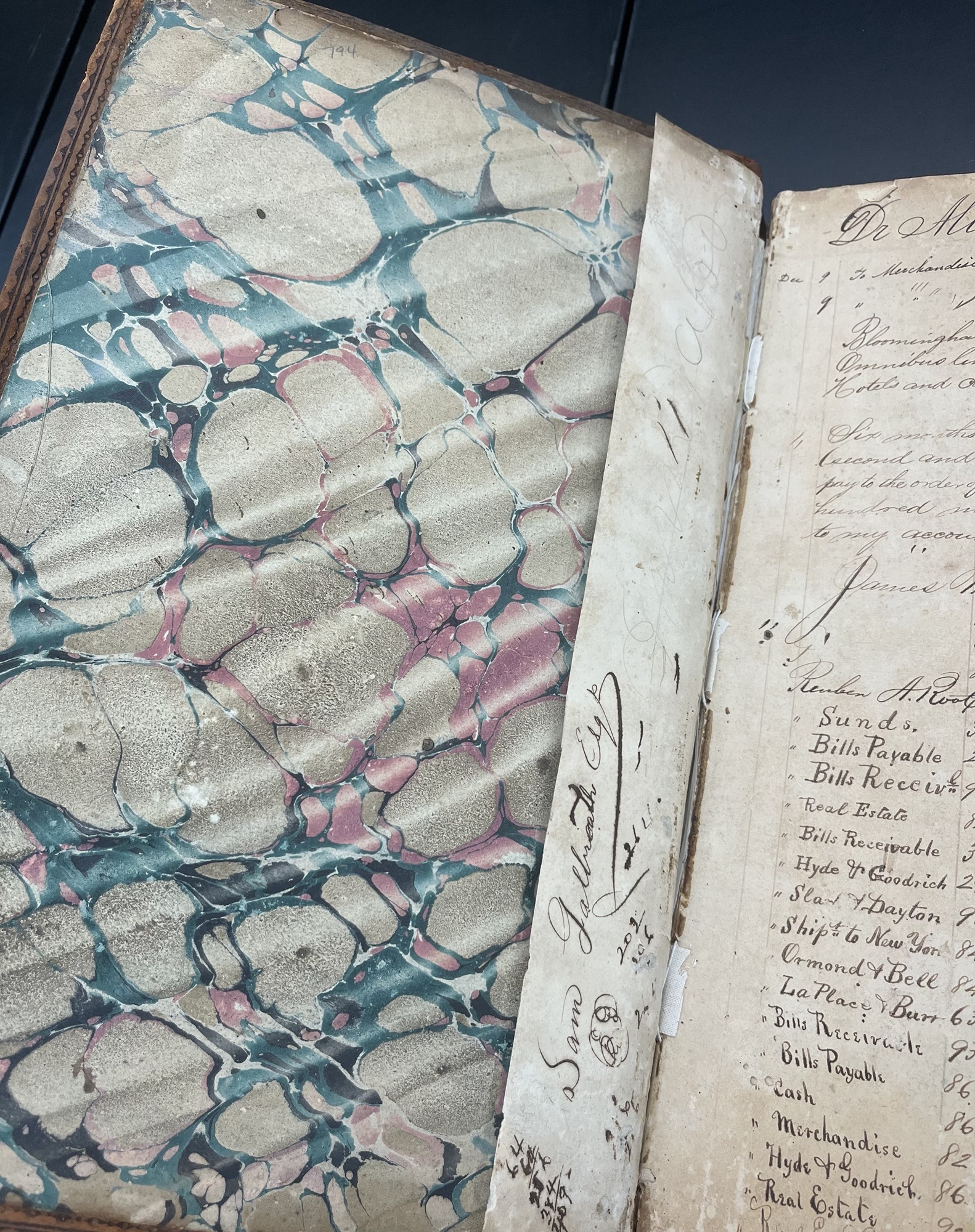Newly Discoverable “Hidden” Collections
Kure Croker, Processing Archivist
Samantha Schafer, Collection Management Archivist
The Hidden Collections Project, a crucial initiative, involves surveying our collections to produce a list of resources that require updating to the current, professionally recognized descriptive standards, as outlined in "Describing Archives: A Content Standard," commonly referred to as DACS. This project is not just a routine task, but a vital step in ensuring the accessibility and usability of our collections.
But what are hidden collections? A hidden collection, as defined by the Society of American Archivists, is "an archival resource that is inaccessible and undiscoverable due to the unavailability or insufficiency of description." Since TUSC is an archive that has existed for more than a century, with standards for description and preservation undergoing considerable changes over time, this project refreshes and reassesses collections, bringing them up to current standards for accessibility and research use.
Highlights of our Hidden Collections project include:
Thomas Lane Carter papers, 1877-1912 (LaRC-973). Carter was a mining engineer who graduated from Tulane University and worked extensively in Africa and South America. He writes about his Tulane University college courses and college activities, his work and travels, and observations of locales including Cairo, Zanzibar, Mozambique, Italy, and Greece.
Robert Blasberg - Sadie Irvine correspondence, 1968-1970 (LaRC-759) contains correspondence between artist and educator Sadie Irvine and author Robert W. Blasberg, regarding the drafting of an article for Antiques magazine.
The Walter "Fats" Pichon collection, 1906 - 1970 (HJA-023) contains photographs, promotional materials, personal papers, and ephemera originating from New Orleans-born pianist, singer, bandleader, arranger, songwriter, and touring musician Walter "Fats" Pichon.
The New Orleans ledger book, 1831-1870 (LaRC-794) is a manuscript business ledger of an unidentified writer, listing consigned goods, shipping information on various steamships, real estate transactions, manifests, and dealings, and containing doodles, penmanship exercises, and other casual notes.
Other newly available collections include:
• Aron family and business history, 1981 (LaRC-703). Oral histories of the family and an informal history of the J. Aron & Company.
• Brickell family Bible (LaRC-649). Contains extensive notes that trace the family to 1621. Includes a family historical summary and a register of family births and deaths
• Cecelia Pizzo papers, 1974-1983 (LaRC-968). Pizzo was a conservative activist, conspiracy theorist, and perennial political candidate. She was president of the segregationist American People’s Party from 1964-1978.
• Letters to Hogan Archive from New Orleans government officials (HJA-121)
• Tipitina’s business records, 1978-1984 (HJA-004)
• Tippin-Wild papers, 1852-1919 (LaRC-770). Family letters and WWI correspondence.
• White League of New Iberia Minute Book, 1872-1875 (LaRC-1166), particularly noteworthy for including members’ names, something white supremacist organizations usually sought to hide.
• Wilkinson family Bible (LaRC-839). Includes genealogical notes from 1789-1825.
• Wonder Club photographs, 1941 (LaRC-1162)
• WPA surveys of records in the New Orleans United States Customs House (LaRC-857). Transcriptions of records held at the US National Archives regarding flatboats of the Mississippi River, 1807; manifests data, 1813-1912; and letters received by the New Orleans Custom House, 1834-1912
To explore these and more TUSC's collections, check out our online searchable archival database, ArchivesSpace.
Published 8/4/2025
